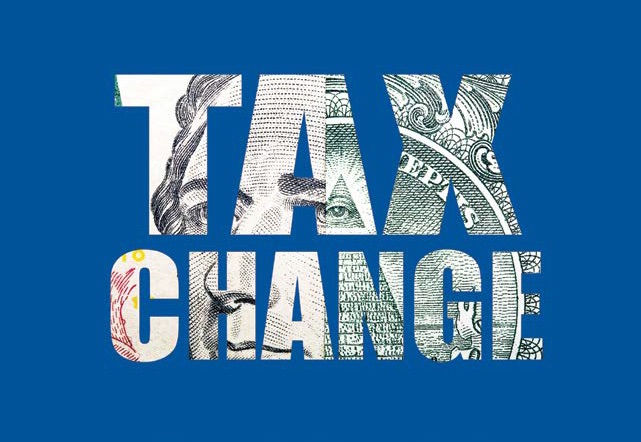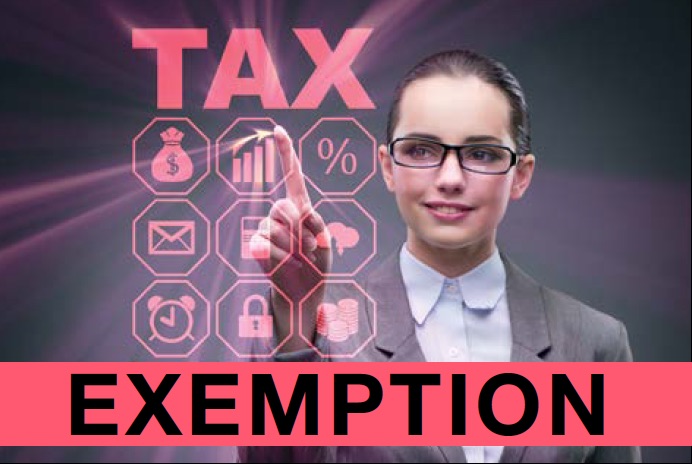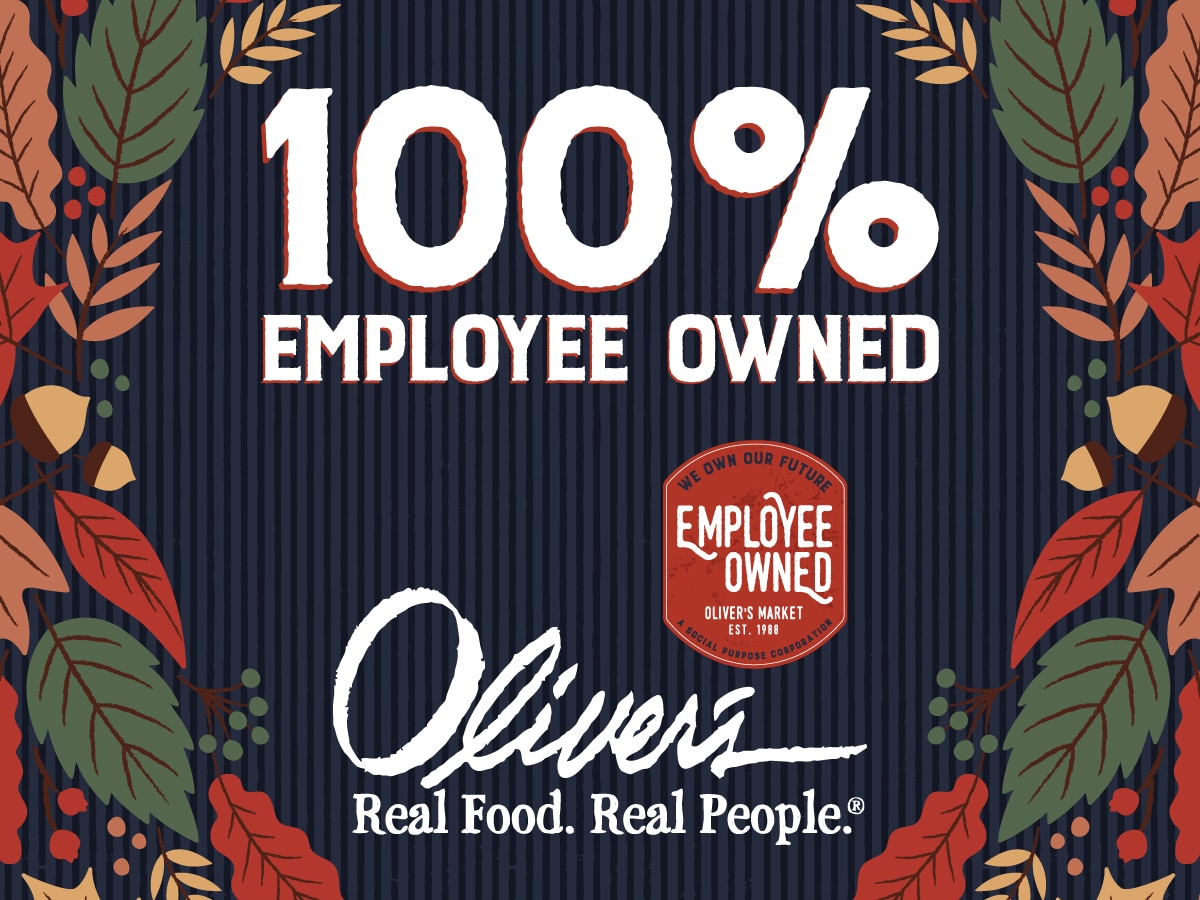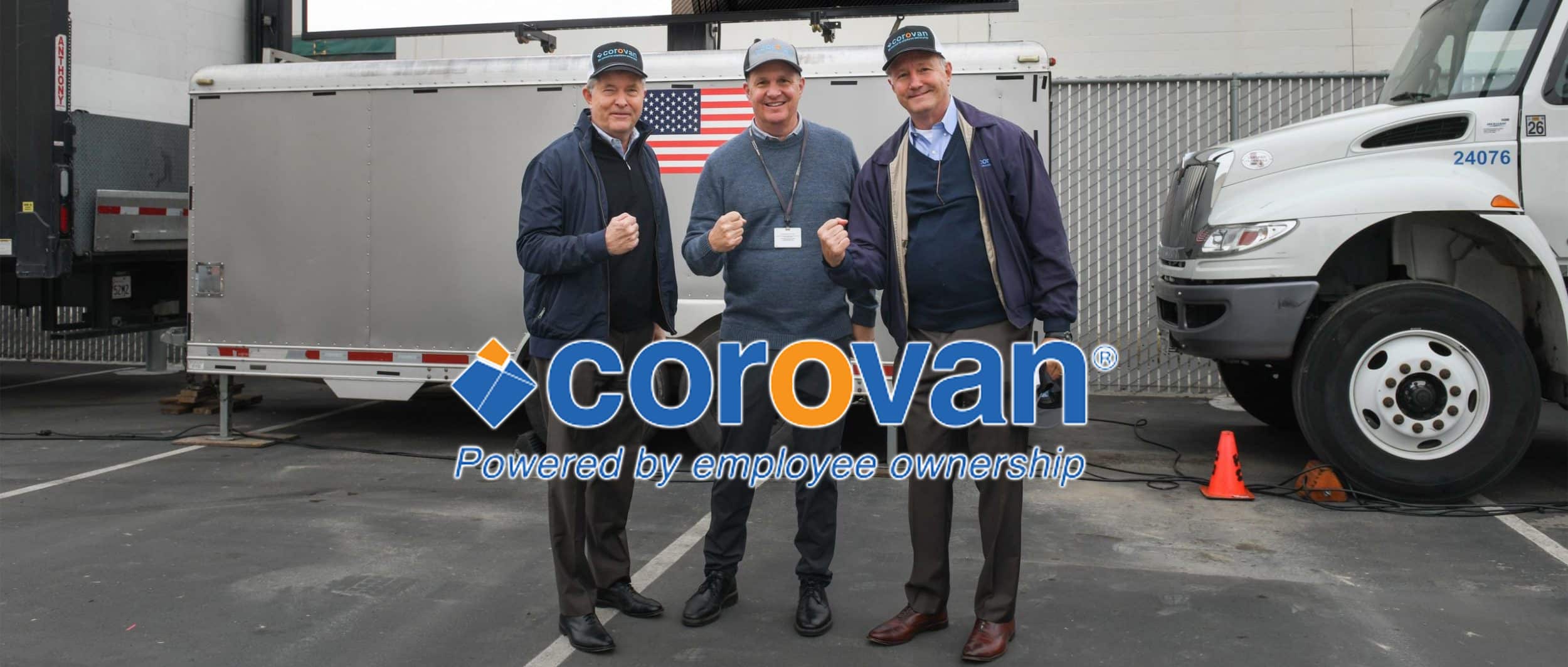
The Tax Cuts and Jobs Act of 2017 makes ESOPs even more attractive.
Now that the dust has settled following the passage last December of the Tax Cuts and Jobs Act of 2017 (“TCJA”), it is clear that the new tax act confers substantial tax benefits on businesses and their owners and also makes ESOPs even more attractive, both for existing ESOP companies and for owners who may be considering an ESOP in the future.
The largest benefit accruing to businesses and their owners as a result of the new tax act is that TCJA has reduced tax rates for almost all business entities, including C corporations, S corporations and pass-through entitles. Company valuations will also be higher as a result as a result of the increased company cash flows.
The TCJA has some major tax benefits for businesses and shareholders:
- C corporation tax rates have been reduced from a tiered rate ranging from 15-39% to a flat 21%.
- Tax rates on S corporation shareholders have been reduced from a 37% potential tax rate to somewhat lower tax rates. However, many S corporation shareholders will be taxed at a rate higher than the 21% C corporation rate.
- C corporations whose prior 3-year gross receipts are $25 million or less may use the cash method of tax accounting.
- Income from mandatory accounting method changes (i.e. Section 481 adjustments) are recognized over 6 years, versus 4 years in the past.
On the other hand, TCJA also provides for several tax detriments, such as:
- Businesses whose prior 3-year gross receipts exceed $25 million may only deduct net interest expense to the extent that such net interest expense does not exceed 30% of EBITDA (calculated after deducting the ESOP contribution expense). This provision applies to any and all outstanding loan agreements and can potentially result in increased taxes for 2018 and future years for existing C corporations and existing S corporations (to the extent an S corporation is not 100% ESOP owned) that have large bank loans or seller notes outstanding from prior ESOP transactions. However, the interest income on the internal ESOP loan will offset part of the interest expense on bank loans and seller notes such that the net interest expense in many cases will not be more than 30% of EBITDA and thus will remain fully deductible.
- Capital gains tax rates were not reduced by TCJA and thus remain relatively high. Depending upon the state capital gains tax rate, the total federal and state capital gains tax rate ranges from a low of 23.8% for those states that have no income taxes to a high of 37.1% in California.
- NOLs may no longer be carried back to prior taxable years.
- Entertainment expenses are no longer deductible.
Is 2018 the opportune year to sell shares to an ESOP?
Given the current optimistic business climate in 2018, supported by higher business valuations, lower tax rates and interest rates that are expected to remain at historically low rates through 2018, this year may be an opportune time for many business owners to establish an ESOP and sell part or all of their stock to an ESOP. For those owners who have already established an ESOP, 2018 may be an ideal time to sell additional shares to an ESOP.
But the question then becomes, in view of the new tax rates on C corporations and shareholders of S corporations, what is now the best strategy for selling stock to an ESOP?
Strategies for C Corporations:
If your company is currently structured as a C corporation, the answer is a no-brainer. As a C corporation, your shareholders can sell their stock to an ESOP and pay no capital gain tax on the sale by electing tax-free rollover treatment under the provisions of IRC Sec. 1042, provided the ESOP owns at least 30% of the outstanding stock after the sale. Then, as of the first day of the company’s next fiscal year, your company can convert to S status and become 100% tax-exempt, assuming the ESOP has acquired 100% ownership. In short, as the owner of a C corporation, you can have the best of both worlds. Selling shareholders can elect to pay no capital gains tax, and if the ESOP has acquired 100% ownership, the company becomes 100% tax-exempt.
If, on the other hand, the ESOP acquires less than 100%, say 60%, and then switches to S status, the company will be 60% tax-exempt. The ESOP can then use these tax-exempt dollars to repay a seller note or a bank loan much faster than would otherwise be possible.

Your company can convert to S status and become 100% tax-exempt.
An additional advantage of switching to S status after selling stock to an ESOP is that the transaction becomes self-financing. For example, if the ESOP acquires 60% ownership, the S corporation will still have to make distributions of 35% to 45% of its profits to its shareholders so that shareholders can pay their taxes. The ESOP can then use its share of these shareholder distributions (which are tax-exempt to the ESOP) to repay the loan that was incurred to purchase these shares.
Strategies for S Corporations:
If your company is currently structured as an S corporation (or is converted from an LLC to an S corporation), the best strategy for selling stock to an ESOP becomes more complex. For the past five years, the vast majority of S corporation owners have chosen to forego switching to C status and electing tax-free rollover treatment under Sec. 1042 for two reasons.
First, if the company operated on a cash basis of tax accounting and had more than $5 million of revenues, it would be required to switch to the accrual method of accounting, which would result in the taxation of all receivables over a four year period. Under TCJA, however, this obstacle to converting to C status has now been eliminated for businesses that have average gross receipts of less than $25 million. For those over $25 million, the recognition period of the receivables tax has increased to six years, a material benefit.
Second, if an S corporation switches to C status, it must retain C status for five years before converting back to S status. Hence, if an S corporation converts to C status in order to do a tax-free rollover sale, that corporation must remain as a C corporation and pay taxes at C corporation rates for five years before converting back to S status. Because C corporation tax rates were relatively high prior to the passage of TCJA, very few S corporation owners elected to pursue this strategy.
But now that C corporation tax rates have been reduced to 21%, have the scales tipped back in favor of having S corporations convert to C status in order to take advantage of the tax-free rollover provisions of Sec. 1042?
Why the tax-free rollover C Corporation ESOP is now very attractive:
One ESOP practitioner has strongly recommended that S corporations should stay S rather than convert to C status. According to her analysis, “…the tax benefits for ESOP-owned companies are significantly greater for S-corporations, going from a 37 percent potential tax rate to zero percent taxes, than they are for C-corporations going from a 39 percent rate to a 21 percent tax rate”.
But this analysis fails to take into account the capital gains tax savings to the company owners in comparison to the extra corporate tax burden the company will incur by converting to C status. I have attempted to quantify the relative benefits and burdens in the two attached schedules, one for a manufacturing company, which typically has a smaller payroll base and a slightly lower valuation multiple, and one for a service company, which typically has a larger payroll base and a slightly higher valuation multiple.
Two things stand out from this analysis. First, the new 30% deduction limit on interest expense under TCJA will almost never come into play in connection with an ESOP transaction due to the fact that the interest income on the internal ESOP loan will offset most of the interest expense on the outside bank loan and/or seller notes.
Second, regardless of whether we are talking about a manufacturing business or a service business, the taxable income of the firm post-transaction will be greatly reduced as a result of deductible ESOP contributions and the net interest expense, and this income will now be taxed at a combined federal and state tax rate of around 28% in most states. As a result, in both instances, the company winds up paying only about $1 million in corporate income taxes over the five years that it must remain as a C corporation before converting back to S status. The key takeaway is the seller’s capital gains tax savings ($6-7 million) is MORE THAN 6 TIMES the amount the C corporation will pay in taxes ($1.0 to $1.2 million) in order to make the tax-free rollover sale possible for the sellers!
Granted, there may be other reasons why company owners would rather just remain as an S corporation, sell their stock and pay the capital gains tax. However, from a purely financial point of view, the only rational alternative is to convert to C status and elect tax-free rollover treatment. In some cases, owners may well decide, in the interest of fairness, to sell their stock for say $1 million less to compensate the company for the additional $1 million or so the company will pay in taxes over the succeeding five years before converting back to S status.
Conclusion
In recent history, tax-free rollover transactions have been relatively infrequent. Now, clearly, TCJA has tipped the scales strongly in favor of returning to this type of transaction. Once company owners begin to realize the impact that TCJA has on the pros and cons of engaging in a tax-free sale versus a taxable sale, we believe most owners will opt for tax-free transactions going forward.







